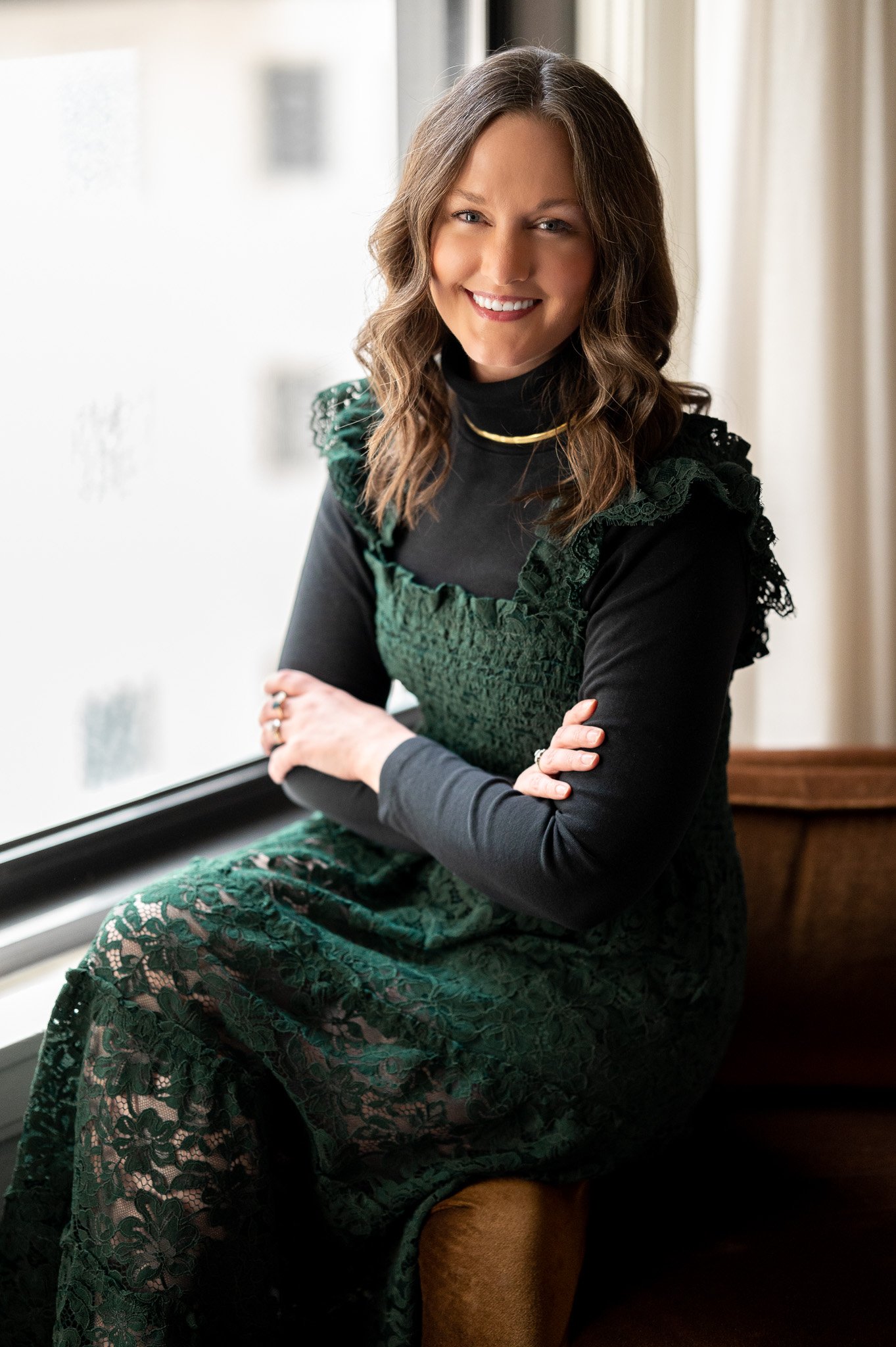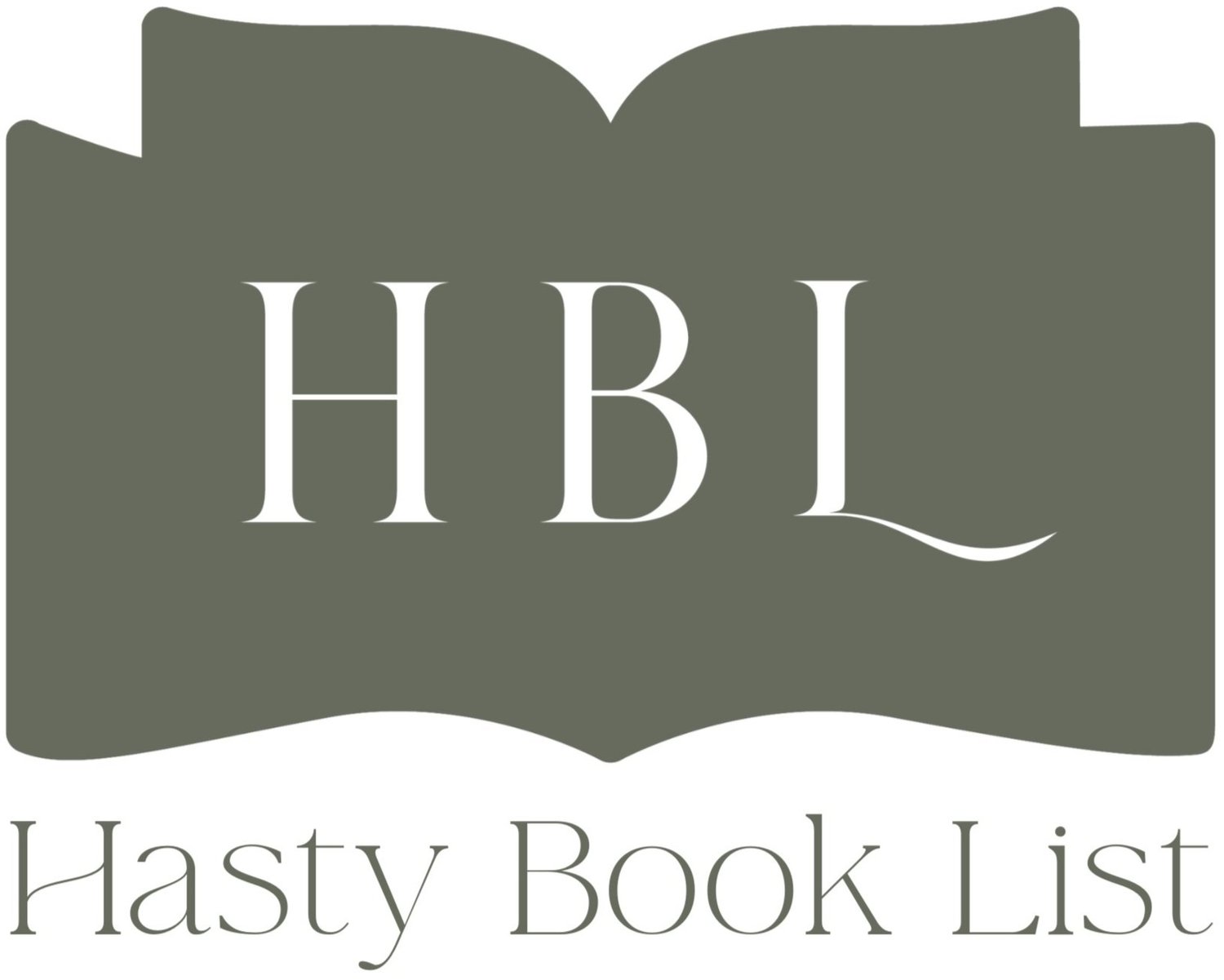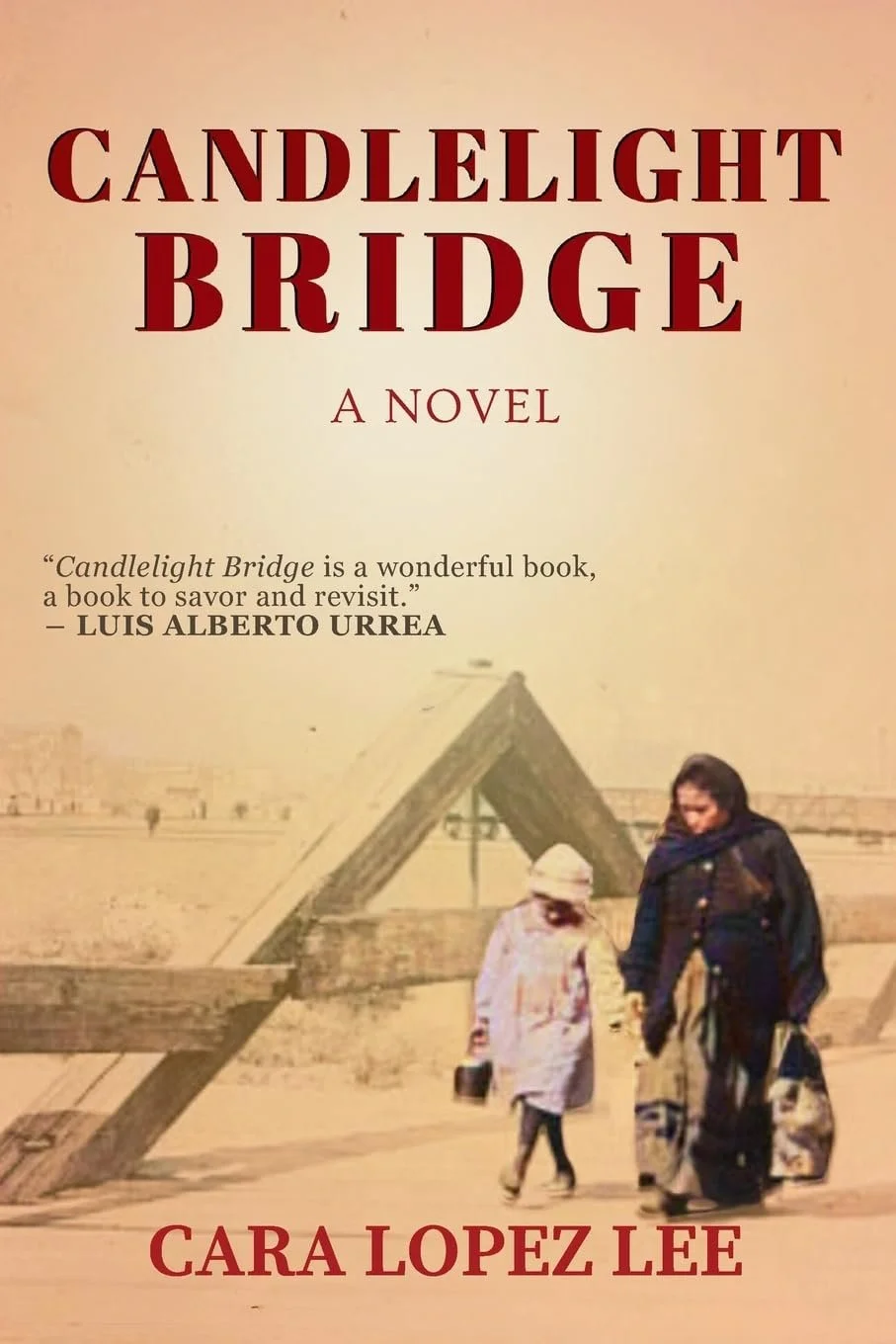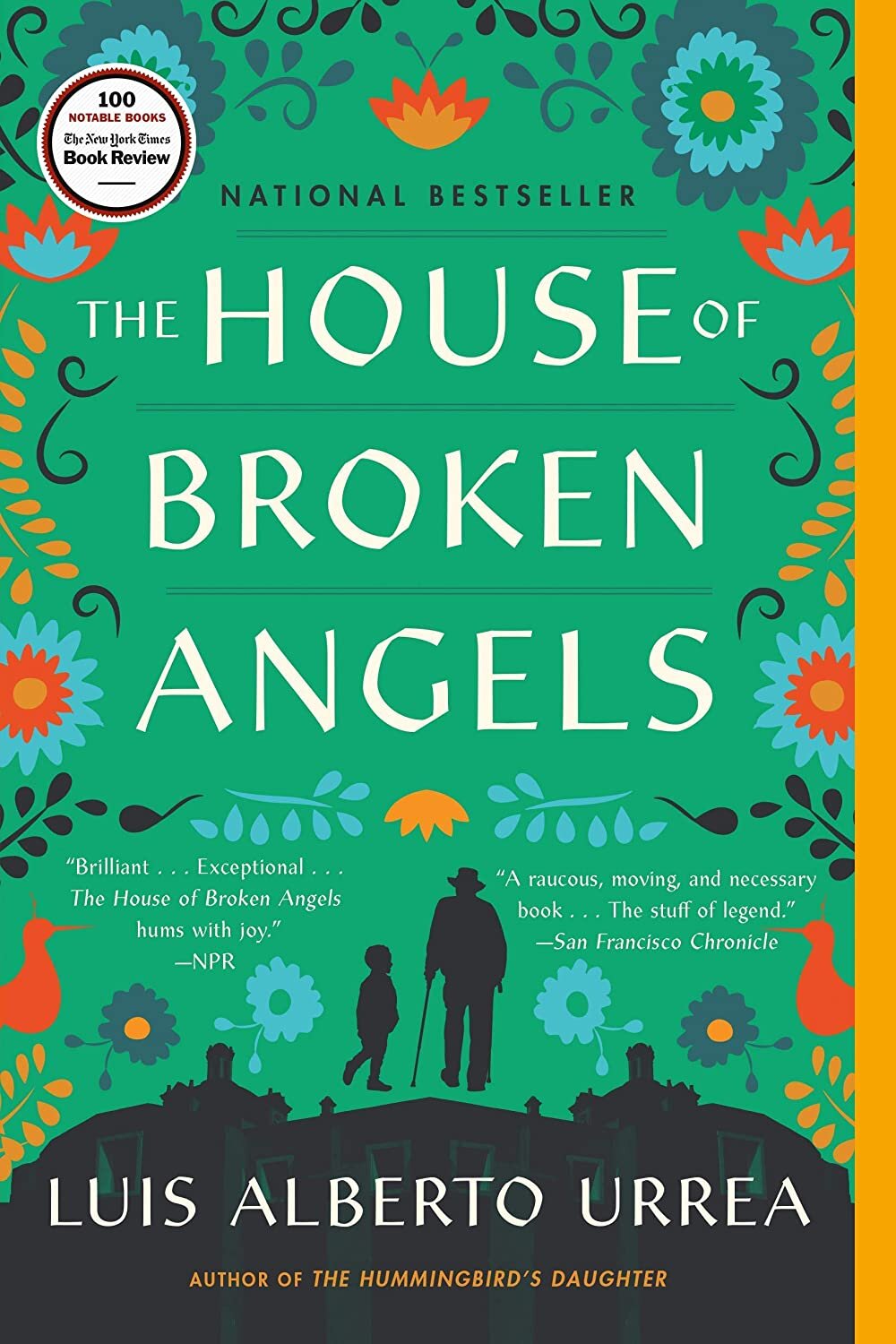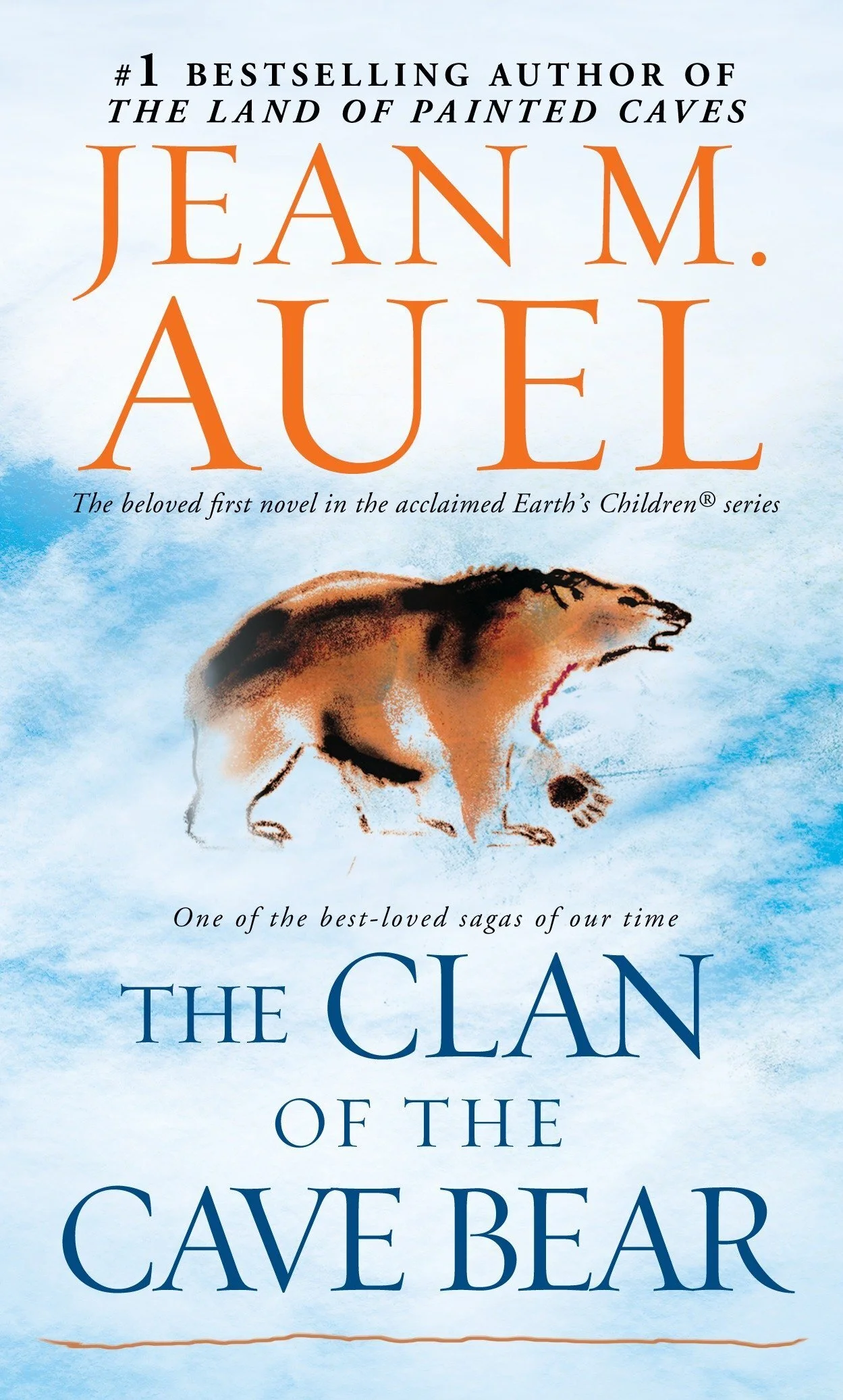Cara Lopez Lee
Author Interview - Cara Lopez Lee
Author of Candlelight Bridge
In 1910, twelve-year-old Candelaria Rivera and her family flee across the Chihuahuan Desert to America to escape the rising storm of the Mexican Revolution. Meanwhile, twenty-year-old Yan Chi Wong flees the Chinese Revolution and a shattering loss, also bound for America, where he’s nicknamed Yankee. They meet in El Paso, Texas, where they struggle to make a home in a world that does not want them, until a terrible desire threatens to destroy their lives. Candlelight Bridge is not a romance but a tale of grudging partners struggling to survive the American Dream.
Author Interview - Cara Lopez Lee
Author I draw inspiration from:
Keeping in mind that my novel’s protagonist, Candelaria, is a Mexican girl, let me tell you about one of the Mexican American authors who inspire me: Luis Alberto Urrea. I love connecting with my Mexican roots through literature, but what keeps me coming back to Urrea’s writing is that every page reveals what he teaches all students lucky enough to study with him: “Pick up your pen with love or don’t pick it up at all.”
My favorite Urrea book is The Hummingbird’s Daughter, a historical novel that reimagines the life of his great-aunt Teresita, the Saint of Cabora, a healer and mystic who helped inspire the Mexican Revolution. Whenever I struggle with my own writing, I find comfort in Urrea’s generous admission that he spent twenty years writing Teresita’s story. The love he put into all those years shows on every page.
Author Interview - Cara Lopez Lee | Author I Draw Inspiration From
Favorite place to read a book:
Lately I love to read in bed—in the morning! I never used to be a morning person. But now I tend to fall asleep when I read at night, and my new ritual has woken me to the joy of sunrise.
Book character I’d like to be stuck in an elevator with:
I choose Ayla from Jean M. Auel’s Clan of the Cave Bear, a historical novel set in the Stone Age. Ayla is a Cro-Magnon girl who loses her family in an earthquake and gets adopted by Neanderthal cave-dwellers. She's the protagonist of Auel's entire Earth's Children series, throughout which Ayla grows up and rediscovers her Cro-Magnon people.
Ayla is a healer and spiritual leader who knows how to turn a sacred plant root into a hallucinogenic drug that takes her on journeys to the past and future. I imagine that brew might take her to 2024, only to end up stuck in this elevator with me. I ask her to compare notes on the differences between Stone Age people and modern humans. The problem is, she speaks no English, so I sit on the floor mesmerized while she teaches me Neanderthal sign language—just enough to explain that she has an idea of how to escape the elevator, if I’ll boost her through the panel overhead. Ayla is strong and resourceful, so I follow her to safety, at which point she asks if I know where to find a great cheeseburger.
Author Interview - Cara Lopez Lee | Book Character I’d Like to be Stuck in an Elevator With
The moment I knew I wanted to become an author:
I was a lonely only child with few friends, so I often sat alone in my mother’s overstuffed armchair to read. Books were my first friends. In third grade, I read Little Women and identified with Jo, who got in trouble for speaking her mind and doing things her way. I wanted to be a writer like Jo, which is to say, like Louisa May Alcott, though it took years to believe I could write a book, which seemed like magic.
Hardback, paperback, ebook or audiobook:
Hardback is my favorite. I love that a physical book not only contains a story but is a three-dimensional work of art—with a cover designed to coax me to open it, paper chosen for its feel, fonts for their mood. For me, the smell of an old book connects me to generations of readers before me.
Paperback is my second favorite. I like it for the same reasons as a hardback. The design elements aren’t as substantial, but they’re more affordable.
I love my ebook for ease of storage and portability, especially while traveling. I appreciate that ebooks generally have a smaller carbon footprint. Mine certainly takes up less space in my home, which is nonetheless stuffed with more books than I can manage!
I like listening to podcasts while I garden, and I'm about to add audiobooks as another option. The only downside is that I often read books unavailable in audio format.
The last book I read:
I just finished Maestra by Angelina Sáenz, and it’s one of those books that are game-changers for me, opening me to new ideas about what a story can be. For me, this collection of poems about her experiences as a teacher in underserved Los Angeles schools takes on the shape of a memoir. If enough people read Maestra, I can see it inspiring a movement to upend the systems that prevent education from serving all children equally in America.
Author Interview - Cara Lopez Lee | The Last Book I Read
Pen & paper or computer:
I use both options. I started as a TV journalist, and although I often jotted notes in a steno pad, mostly I wrote news stories on a keyboard. That experience made typing second nature. I still find it the easiest way to spill ideas onto a page as fast as they occur to me. However, I also handwrite often because it yields different results.
The need to create at the speed of my pen slows me down, making me feel more receptive to a story’s underlying emotional life. Sometimes, when I had trouble with a passage in Candlelight Bridge, I’d handwrite a journal entry for Candelaria. Pretending to be this person from long ago, who wrote by hand because there were no computers, often helped me feel my way through the scene.
Book character I think I’d be best friends with:
My response to this question surprised me. The characters I love most are those who feel either most like me or most unlike me, so I doubt we’d make compatible friends. Those I relate to, such as strong-willed Kirsten Raymonde of Station Eleven, are so insistent on their own paths that I’m sure we’d argue too much. Meanwhile, those who are wildly different from me, such as practical Mei of Forbidden City, tend to be so introverted that I’d likely find them difficult to draw out while they’d find my need to talk annoying.
One character I’d enjoy trying to befriend is Augusta Locke from William Haywood Henderson’s novel of the same name. Gussie is observant, adventurous, and loyal to those she loves—all of which I relate to—but also quiet and self-contained, so I imagine we’d balance each other out.
Author Interview - Cara Lopez Lee | Book Character I’d be Best Friends With
If I weren’t an author, I’d be a:
Before I knew storytelling was my first love, I used to dream of becoming a research biologist, maybe exploring the world’s oceans like Jacques Cousteau or studying primates like Jane Goodall. Whatever I do in life, I’m all about the sense of adventure.
Favorite decade in fashion history:
My favorite fashion era is the present. I like America’s current casual culture, which allows artistic self-expression amid few hard-and-fast rules, creating options to put comfort before societal roles or attempts to impress. One thing I don’t like about our modern era is the continuing problem of fast-fashion and synthetics, which damage our environment. I typically buy second-hand clothes or clothes made from sustainable plant materials by workers who receive fair wages. That last bit takes research, but I enjoy research.
Place I’d most like to travel:
One place I hope to visit soon is Ethiopia, the cradle of humanity, where the earliest human remains were found. It’s one of two African countries that were never colonized outright, so I anticipate encountering unique cultures. I’m fascinated that it was a crossroads during early Christianity and therefore has buildings from ancient Western cultures juxtaposed against a backdrop of vibrant African nature, including jewel-green valleys, vast deserts, and active volcanoes.
My signature drink:
Café con leche. My preferred ratio: 2/3 coffee, 1/3 steamed milk, and a smidge of raw sugar.
Favorite artist:
Since the book that brings me here is historical fiction, I’ll share one of my favorite artists of the past: Monet. I love his water lilies so much that when I went to France, I spent two days sitting in his Garden at Giverny, writing in my journal. Whenever I hear of a Monet exhibit I can easily visit, I do. I love that he repainted the same subjects over and over at different times of day. His paintings teach me that no matter where I am, there’s always something to appreciate in the world around me.
Number one on my bucket list:
My biggest goal after launching Candlelight Bridge is to finish writing the sequel. I originally meant it to be one book, but it has turned into quite a saga. This project is intense, and it makes me envy the mastery of Isabel Allende!
Anything else you'd like to add:
I feel lucky to be in love with stories: writing them, reading them, living them. Storytelling makes me pay closer attention to life. I believe the more we share stories, the more we recognize our common humanity, the beauty in our differences, and a sense of connection to something greater than ourselves.
Find more from the author:
Official Website: CaraLopezLee.com
Facebook: /theyonlyeattheirhusbands
Instagram: @caralopezlee
Threads: @caralopezlee
X (Formerly Twitter): @CaraLopezLee
TikTok: @caralopezlee
About Cara Lopez Lee:
Author Interview - Cara Lopez Lee
Cara Lopez Lee is the author of the memoir, They Only Eat Their Husbands (Bower House), and coauthor of the veteran-acclaimed Unexpected Prisoner (with Robert Wideman). Her writing appears in such publications as the Los Angeles Times, Manifest-Station, and Rivet. She’s a winner of The Moth StorySLAM and is featured in many storytelling shows. She and her husband live in Ventura, California, where they enjoy tending their Certified Wildlife Habitat full of birds, bees, and monarch butterflies.
